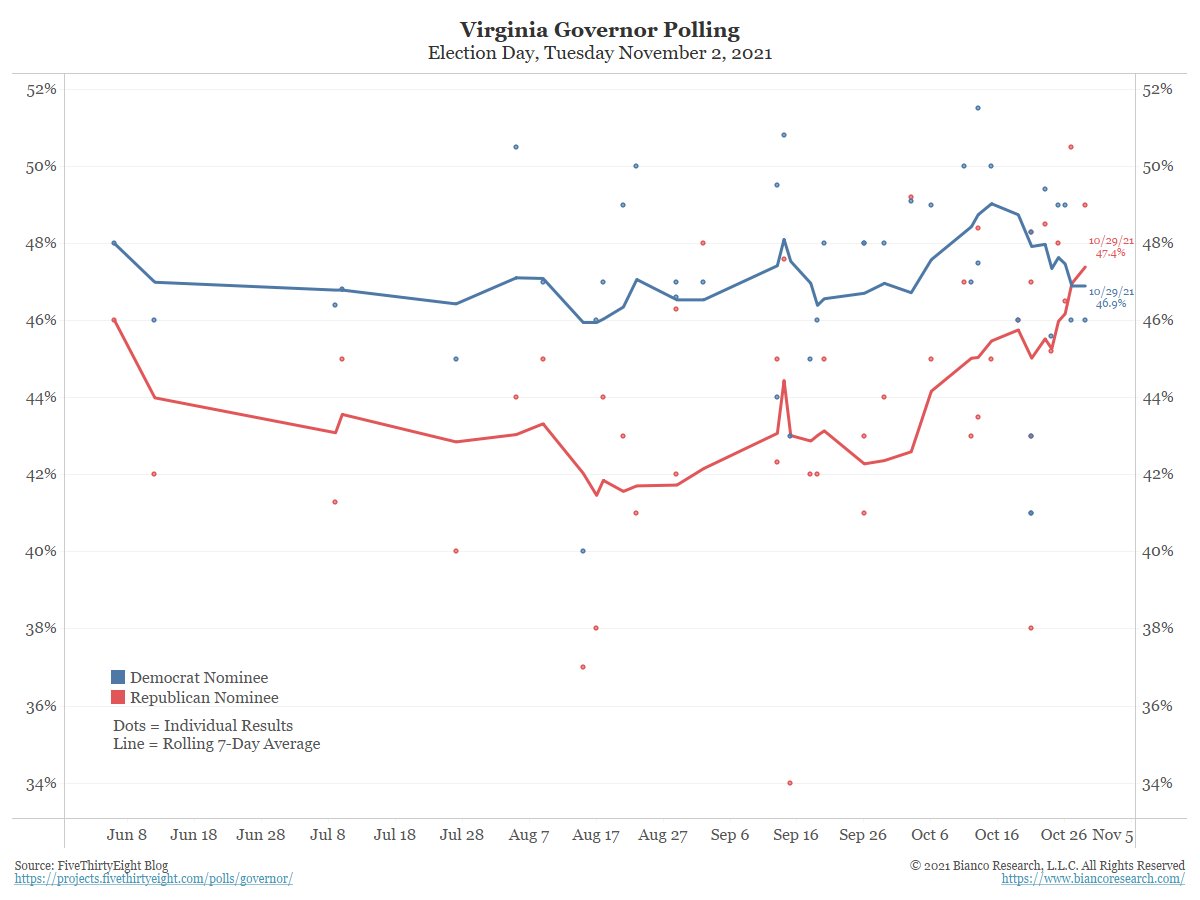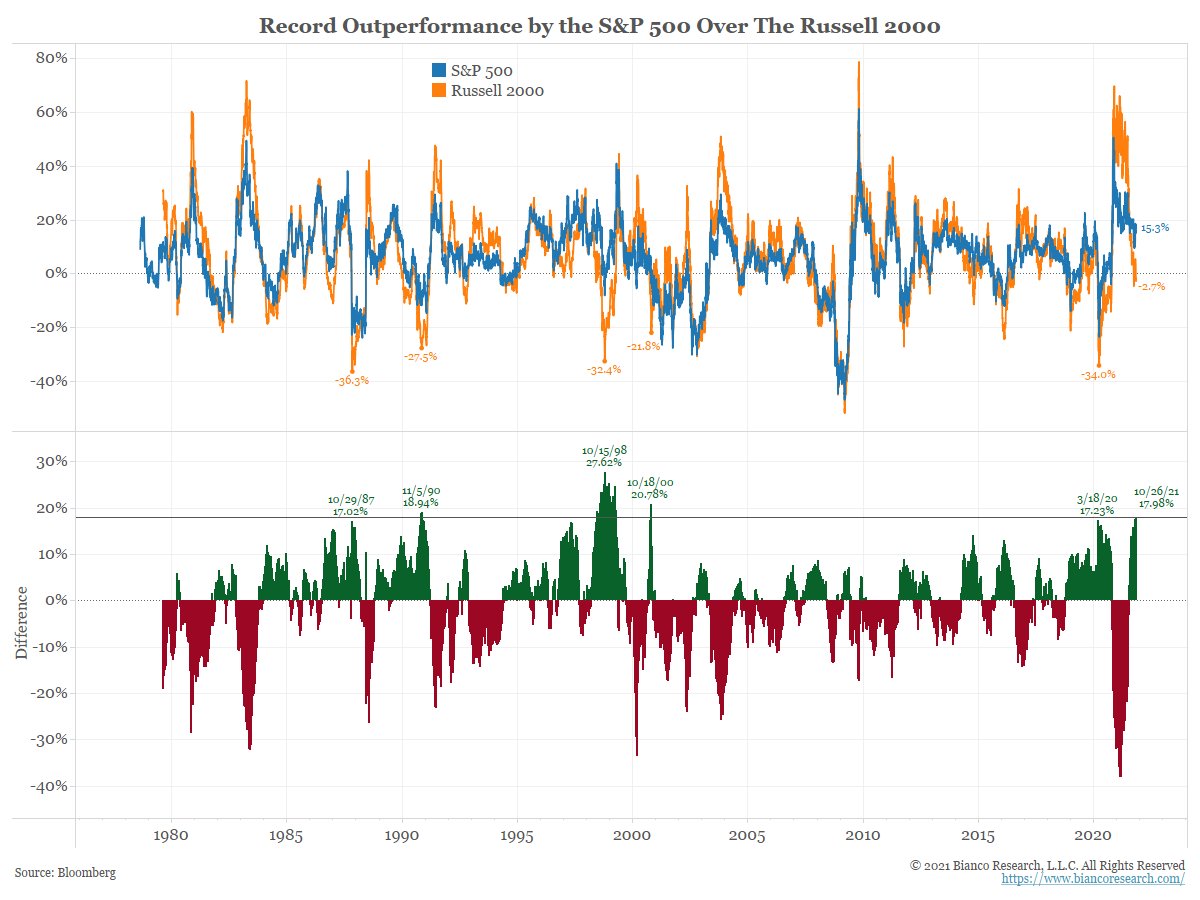
1/4
I go one step further. Today is the day that "transitory" needs to stop rationalizing and start apologizing.
Inflation has gone way beyond what was expected, they can no longer be proven correct.
A thread of the market reaction today, which is big.
I go one step further. Today is the day that "transitory" needs to stop rationalizing and start apologizing.
Inflation has gone way beyond what was expected, they can no longer be proven correct.
A thread of the market reaction today, which is big.
https://twitter.com/conorsen/status/1458453968707784710?s=20
2/4
Massive moves in short rates. Few bother with them as they are SUPPOSED to be tied to monetary policy. But they are "unanchoring."
The US 2-year note is up 8 bps today. This is the biggest daily rise since the bond market was losing its mind in March 2020.
Massive moves in short rates. Few bother with them as they are SUPPOSED to be tied to monetary policy. But they are "unanchoring."
The US 2-year note is up 8 bps today. This is the biggest daily rise since the bond market was losing its mind in March 2020.

4/4
Taking those fed funds futures, the probability rate hikes can be calculated. THREE rate hikes in 2022 are now priced in, as these charts show.
Yes, the Fed/economists are pushing back. But they might be in the denial stage of the 5 stages of grief. Check back in a month.


Taking those fed funds futures, the probability rate hikes can be calculated. THREE rate hikes in 2022 are now priced in, as these charts show.
Yes, the Fed/economists are pushing back. But they might be in the denial stage of the 5 stages of grief. Check back in a month.



Bonus tweet
He did not send out this tweet thinking he was done with this subject. He going to act on it. And expect Powell, who has said "transitory" more than anyone else, to be in his sights.
He did not send out this tweet thinking he was done with this subject. He going to act on it. And expect Powell, who has said "transitory" more than anyone else, to be in his sights.
https://twitter.com/Sen_JoeManchin/status/1458443966135902221?s=20
• • •
Missing some Tweet in this thread? You can try to
force a refresh

















